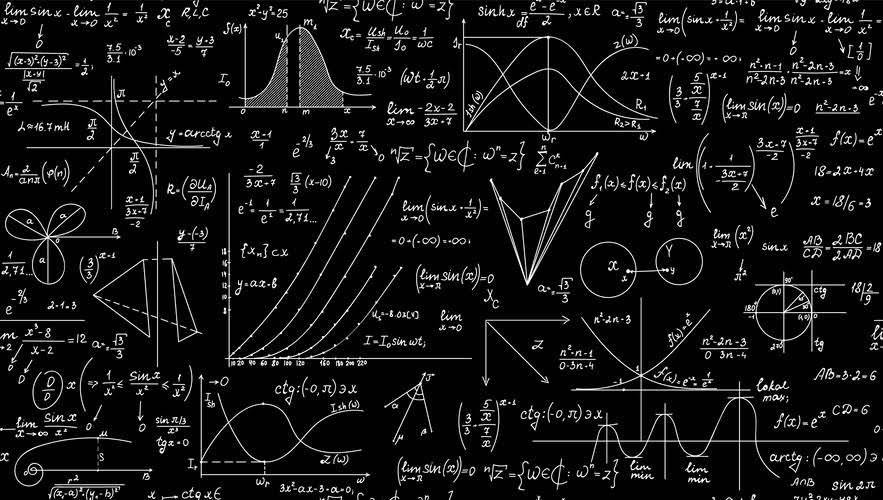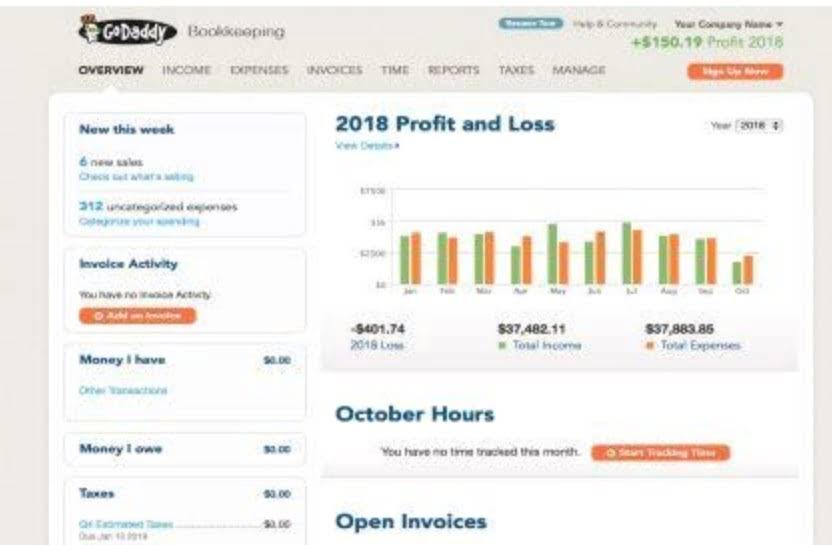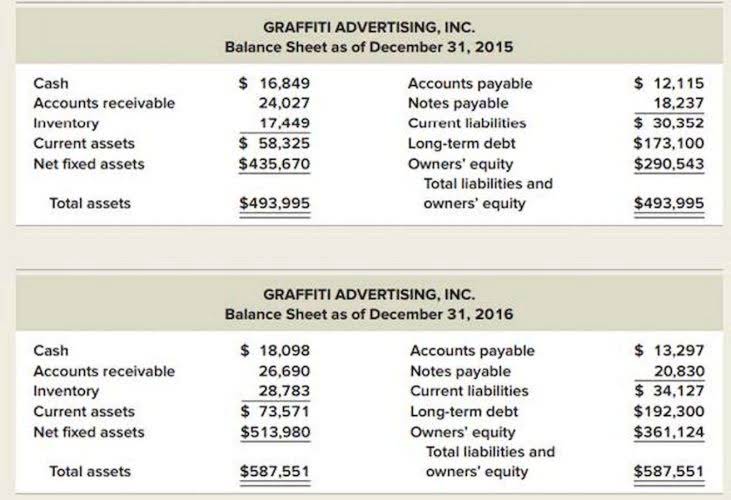
After the January 1 reversing entry, the account Accrued Expenses Payable will have a zero balance, and the account Temp Service Expense will have an unusual credit balance of $18,000. As you can see from the T-Accounts above, both accounting method result in the same balances. The left set of T-Accounts are the accounting entries made with the reversing entry and the right T-Accounts are the entries made without the reversing entry. If the accountant did not make a reversing entry at the beginning of the year, the accountant will have this entry upon payment of the rent. Reversing entries are Accounting for Marketing Agencies a useful tool for dealing with certain accruals and deferrals. Their use is optional and depends on the accounting practices of the particular firm and the specific responsibilities of the bookkeeping staff.

What is an example of a reversing entry?
However, the first journal entry of 20X4 simply reverses the adjusting entry. On the following payday, January 15, 20X5, the entire payment of $5,000 is recorded as expense. In this step, the adjusting entries that were made at the end of the previous accounting period are simply reversed, hence the term accounting “reversing entries”. Consider a company with $2,000 in unpaid salaries at the end of August.

Accounting without the reversing entry:
- Reversing entries in accounting simplifies handling these accounts by ensuring transactions align with the correct period.
- If the accountant did not make a reversing entry at the beginning of the year, the accountant will have this entry upon payment of the rent.
- But wait, didn’t we zero out the wages expense account in last year’s closing entries?
- The main purpose of a reversing entry is to ensure that the revenue and expense accounts are in balance.
- Below are some best practices for implementing reversing journal entry effectively.
- Reversing entries are used in scenarios like salary accruals, interest payments, and prepaid expenses to simplify accounting processes.
Reversing entries are invaluable in streamlining financial records and ensuring accuracy. Reversing entries are invaluable after year-end adjustments for accrued liabilities or deferred revenues. They ensure the new fiscal year starts with accurate opening balances and a clean slate. This also ensures alignment of financial statements, including the balance sheet, for better clarity.
- The entry on that date required a debit to Salaries Payable (for the $2,000 accrued at the end of 20X3) and Salaries Expense (for $3,000 earned by employees during 20X4).
- Errors in financial records can lead to significant discrepancies, affecting decision-making and compliance.
- For the past 52 years, Harold Averkamp (CPA, MBA) has worked as an accounting supervisor, manager, consultant, university instructor, and innovator in teaching accounting online.
- The purpose of recording reversing entries is clear out the prepaid and accrual entries from the prior period, so that transactions in the current period can be recorded normally.
- Learn about benefits, use cases, and practical steps to adopt blockchain.
- Reversing entries simplify bookkeeping by clearing prior adjustments at the start of a new accounting period.
What Does Reversing Entry Mean?

When revenues or expenses are recorded under incorrect accounts, reversing entries can help correct the classification. By reversing the adjustment and re-recording it under the correct account, accuracy is restored to the original entry. Reversing entries streamline accounting processes by eliminating redundant manual tasks and reducing errors. Their flexibility and practicality make them indispensable for businesses aiming for efficient financial management.
What is a Reversing Entry?
- Whether addressing payroll, correcting errors, or refining forecasts, reversing journal entries ensures clarity and consistency, making them essential tools in accounting.
- Reversing entries are journal entries made at the beginning of an accounting period to reverse specific adjusting entries from the previous period.
- The reversing entry cancels out the adjusting enter by reversing it.
- They add flexibility to manage less common but significant accounting adjustments.
- They help businesses present a clear and consistent picture of their financial health.
The main purpose of reversing entries is to ensure that the revenue and expense accounts are in balance. Without reversal entries, reversing entries are optional the balances in these accounts may not be accurate, which could lead to incorrect financial statements. These entries reverse accrual-type adjusting entries, such as expenses recorded in the previous accounting period but not yet paid, ensuring the subsequent payment entry is accurate.

